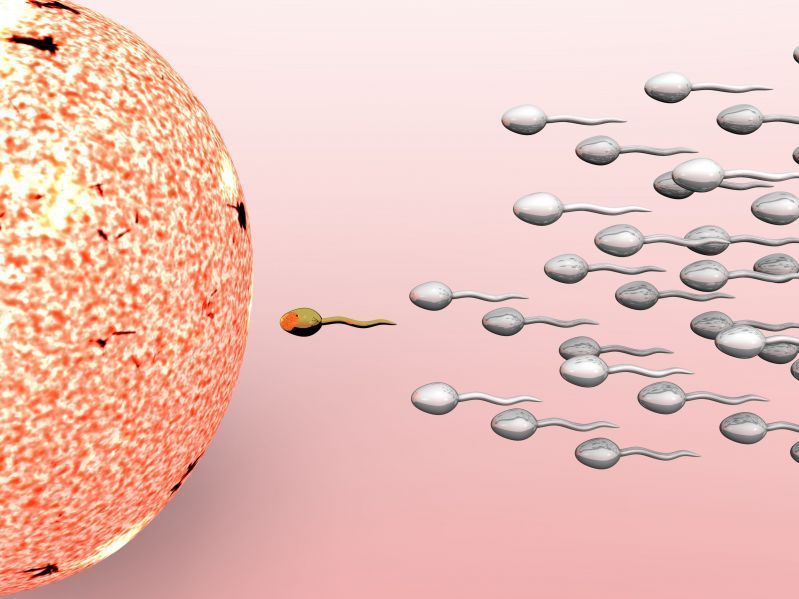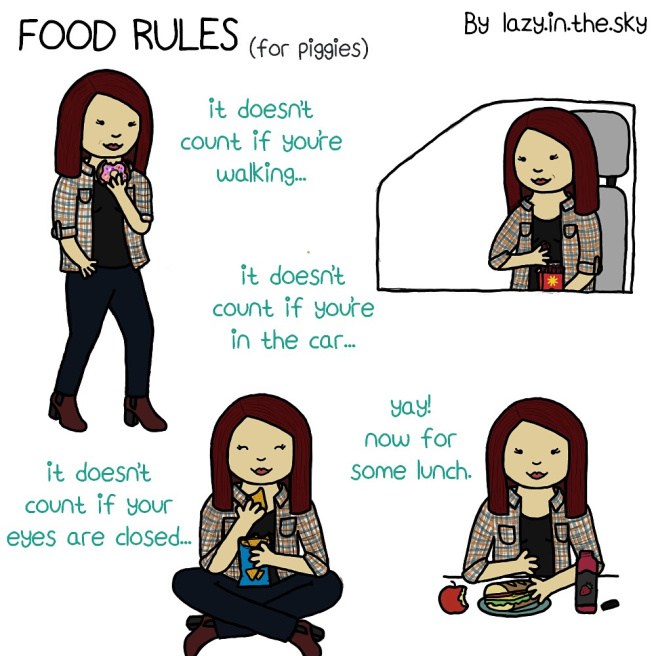
A revolutionary new study reveals that the core tenet of classical genetics is patently false, and by implication: what we do in this life — our diet, our mindset, our chemical exposures — can directly impact the DNA and health of future generations.
A paradigm shifting new study titled, “Soma-to-Germline Transmission of RNA in Mice Xenografted with Human Tumour Cells: Possible Transport by Exosomes,” promises to overturn several core tenets of classical genetics, including collapsing the timescale necessary for the transfer of genetic information through the germline of a species (e.g. sperm) from hundreds of thousands of years to what amounts to ‘real time’ changes in biological systems.
In classical genetics, Mendelian laws specify that the inheritance of traits passed from one generation to the next can only occur through sexual reproduction as information is passed down through the chromosomes of a species’ germline cells (egg and sperm), and never through somatic (bodily) cells. Genetic change, according to this deeply entrenched view, can take hundreds, thousands and even millions of generations to manifest.
The new study, however, has uncovered a novel mechanism through which somatic-to-germline transmission of genetic information is made possible. Mice grafted with human melanoma tumor cells genetically manipulated to express genes for a fluorescent tracer enzyme (EGFP-encoding plasmid) were found to release information-containing molecules containing the EGFP tracer into the animals’ blood; since EGFP is a non-human and non-murine expressed tracer, there was little doubt that the observed phenomenon was real. These EGFP trackable molecules included exosomes (small nanoparticles produced by all eukaryotic cells (including plants and animals), which contain RNA and DNA molecules), which were verified to deliver RNAs to mature sperm cells (spermatozoa) and remain stored there. The authors of the study pointed out that RNA of this kind has been found in mouse models to behave as a “transgenerational determinant of inheritable epigenetic variations and that spermatozoal RNA can carry and deliver information that cause phenotypic variations in the progeny.”
The researchers concluded that their study’s findings strongly suggest, “exosomes are the carriers of a flow of information from somatic cells to gametes,” and that their “results indicate that somatic RNA is transferred to sperm cells, which can therefore act as the final recipients of somatic cell-derived information.”
Breaking Through Weismann’s Genetic BarrierThese findings overturn the so-called Weismann barrier, a principle proposed by the German evolutionary biologist August Weismann (1834 – 1914), that states hereditary information can only move from genes to body cells, and not the other way around, which has long been considered a nail in the coffin of the Lamarkian concept that an organism can pass on characteristics it has acquired during its lifetime to its offspring.
Over the past decade, however, the seeming impenetrability of the Weismann barrier has increasingly been called into question, due to a growing body of evidence that epigenetic patterns of gene expression (e.g. histone modifications, gene silencing via methylation) can be transferred across generations without requiring changes in the primary DNA sequences of our genomes; as well as the discovery that certain viruses contain the enzyme reverse transcriptase, which is capable of inscribing RNA-based information directly into our DNA, including germline cells, as is the case for endogenous retroviruses, which are believed responsible for about 5% of the nucleotide sequences in our genome. Nonetheless, as the authors of the new study point out, until their study, “no instance of transmission of DNA- or RNA-mediated information from somatic to germ cells has been reported as yet.”
The researchers further expanded on the implications of their findings:
“Work from our and other laboratories indicates that spermatozoa act as vectors not only of their own genome, but also of foreign genetic information, based on their spontaneous ability to take up exogenous DNA and RNA molecules that are then delivered to oocytes at fertilization with the ensuing generation of phenotypically modified animals [35]–[37]. In cases in which this has been thoroughly investigated, the sperm-delivered sequences have been seen to remain extrachromosomal and to be sexually transmitted to the next generation in a non-Mendelian fashion [38]. The modes of genetic information delivery in this process are closely reminiscent of those operating in RNA-mediated paramutation inheritance, whereby RNA is the determinant of inheritable epigenetic variations [16], [17]. In conclusion, this work reveals that a flow of information can be transferred from the soma to the germline, escaping the principle of the Weismann barrier [39] which postulates that somatically acquired genetic variations cannot be transferred to the germline.”
The implications of research on exosome-mediated information transfer are wide ranging. First, if your somatic cells, which are continually affected by your nutritional, environmental, lifestyle and even mind-body processes, can transfer genetic information through exosomes to the DNA within your germline cells, then your moment-to-moment decisions, behaviors, experiences, toxin and toxicant exposures, could theoretically affect the biological ‘destinies’ of your offspring, and their offspring, stretching on into the distant future.
Exosome research also opens up promising possibilities in the realm of nutrigenomics and ‘food as medicine.’ A recent study found common plant foods, e.g. ginger, grapefruit, grapes, produce exosomes that, following digestion, enter human blood undegraded and subsequently down-regulate inflammatory pathways in the human body in a manner confirming some of their traditional folkloric medicinal uses. If the somatic cells within our body are capable through extrachromosomal processes of modulating fundamental genetic processes within the germline cells, or, furthermore, if foods that we eat are also capable of acting as vectors of gene-regulatory information, truly the old reductionist, mechanistic, unilinear models of genetics must be abandoned in favor of a view that accounts for the vital importance of all our decisions, nutritional factors, environmental exposures, etc., in determining the course, not only of our bodily health, but the health of countless future generations as well.
Advertisements Share this:




